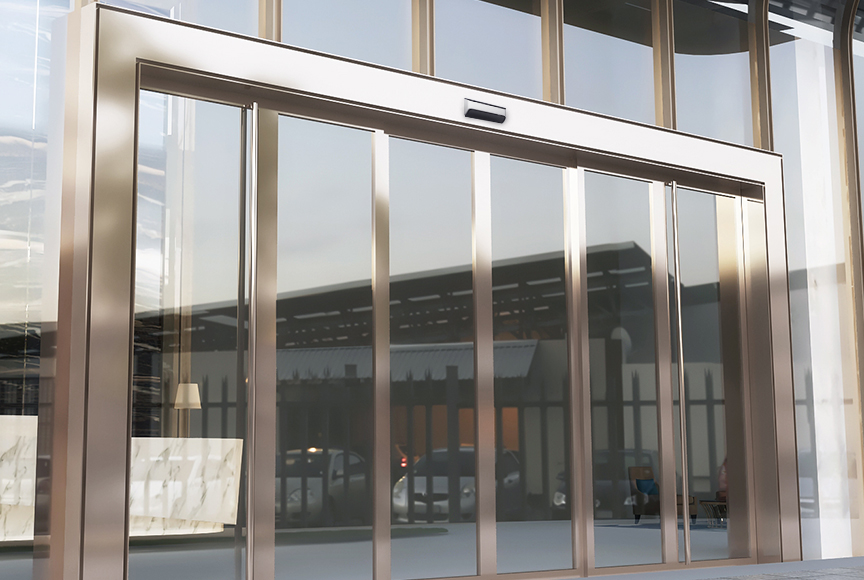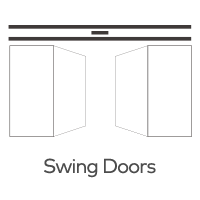Can automatic revolving door sensors be integrated with building access control or security systems?
The modern built environment demands sophisticated solutions for both access control and security. Automatic revolving doors, with their space-saving and energy-efficient design, have become a popular choice for high-traffic entrances. But can these smart entrances be integrated with building access control and security systems? In this article, we explore the possibilities and benefits of integrating automatic revolving door sensors into a comprehensive building security and access control strategy.

The Role of Automatic Revolving Door Sensors
Automatic revolving doors are equipped with a variety of sensors, including presence sensors, safety sensors, speed control sensors, and more. These sensors are primarily responsible for ensuring the smooth and safe operation of the door. However, their capabilities extend beyond mere door control, making them a valuable component of a broader security and access control system.
Integration Possibilities
1. Access Control Systems:
Automatic revolving door sensors can be seamlessly integrated with access control systems to regulate who enters a building. By connecting the door sensors to an access control system, you can ensure that only authorized individuals gain entry. This integration can be implemented using key card readers, biometric scanners, or PIN-based access, allowing for secure, controlled access.
2. Alarm and Intrusion Detection:
The safety sensors in automatic revolving doors can be integrated into building security systems to detect unauthorized entries or forced attempts to access the building. If the sensors detect unusual behavior or tampering, they can trigger alarms, alerting security personnel or law enforcement.
3. Video Surveillance:
Combining automatic revolving door sensors with video surveillance enhances security. When someone activates the door, the associated security camera can record the event, capturing a visual record of who entered the building. This integrated approach provides valuable information in case of security incidents or breaches.
4. Visitor Management:
Automatic revolving door sensors can be linked to visitor management systems. This integration ensures that visitors check in and are appropriately monitored as they enter the building, enhancing overall security and visitor tracking.
Benefits of Integration
1. Enhanced Security:
Integrating automatic revolving door sensors with building access control and security systems fortifies your facility's security by providing multiple layers of protection. Unauthorized access attempts can be quickly detected and addressed.
2. Efficiency and Convenience:
The seamless integration of these systems improves operational efficiency and enhances the experience for authorized personnel. Authorized individuals can move through the entrance swiftly and without unnecessary delays.
3. Data Collection and Analysis:
Integrated systems provide valuable data for access control and security analysis. This data can be used to improve security protocols, optimize building operations, and enhance emergency response procedures.
4. Scalability:
As your security needs evolve, integrated systems can easily be expanded or modified to accommodate changes in user access levels, building layout, or security requirements.
Conclusion
The integration of automatic revolving door sensors with building access control and security systems offers a comprehensive and efficient approach to modern building management. By harnessing the capabilities of these smart entrances, you can create a secure and user-friendly environment that not only controls access but also enhances overall building security. As technology continues to advance, the possibilities for integration and customization are only expected to grow, further improving the synergy between automatic revolving doors and building access control and security systems.







